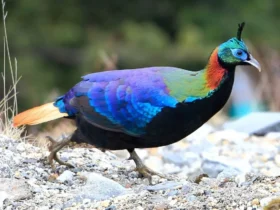In the misty and mystical cloud forests of Central America, a magnificent hummingbird flutters through the verdant foliage, leaving a trail of iridescent hues in its wake—the Violet Sabrewing. With its vibrant violet plumage and impressive size, this bird is a true gem of the avian world. In this article, we will delve into the enchanting world of the Violet Sabrewing, exploring its appearance, habitat, behavior, and the significance it holds in its delicate ecosystem.
Violet Sabrewing images
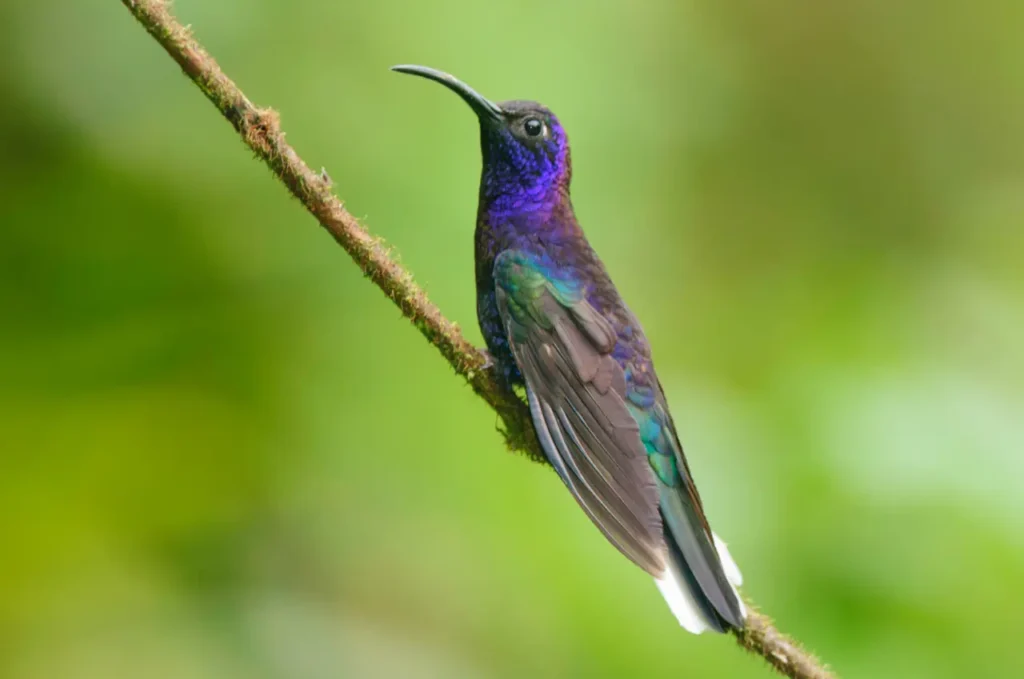
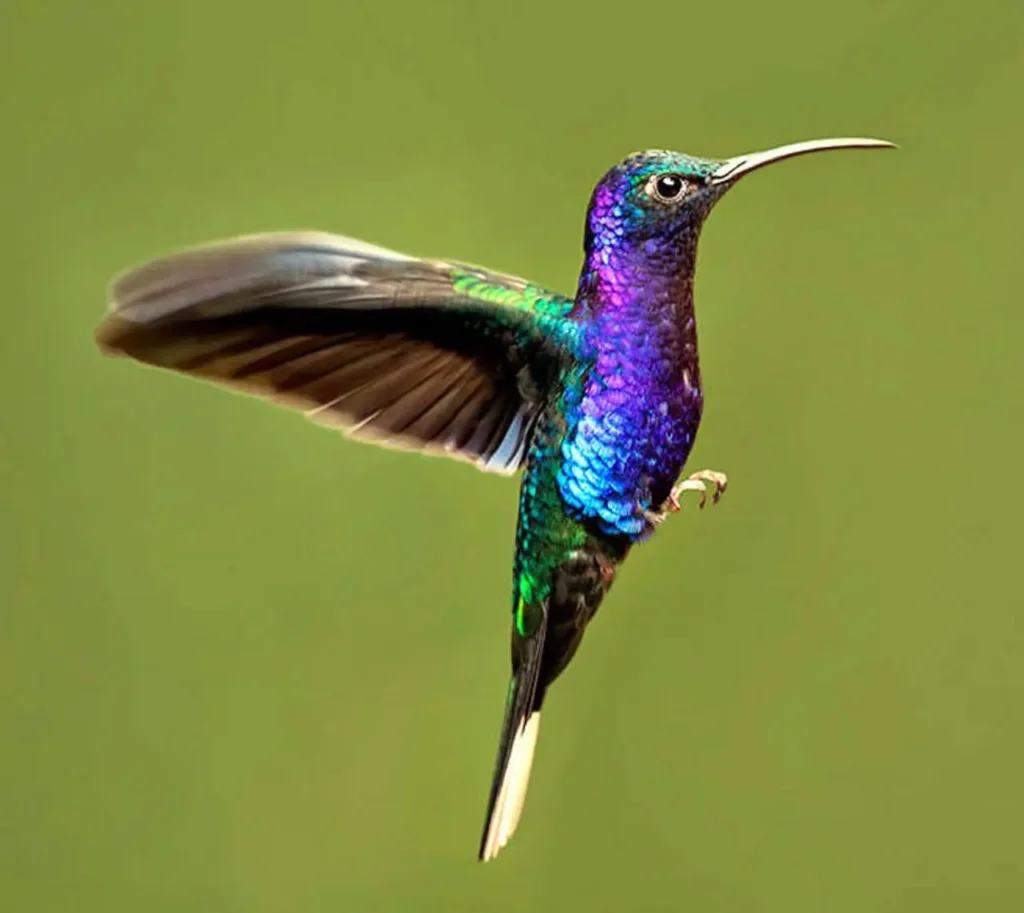
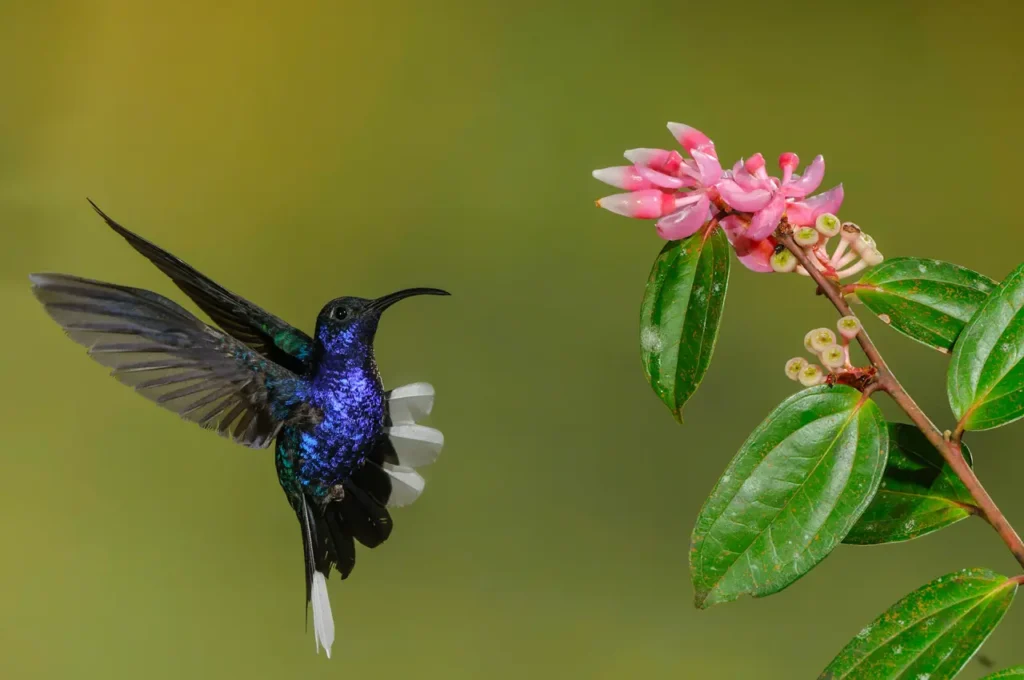
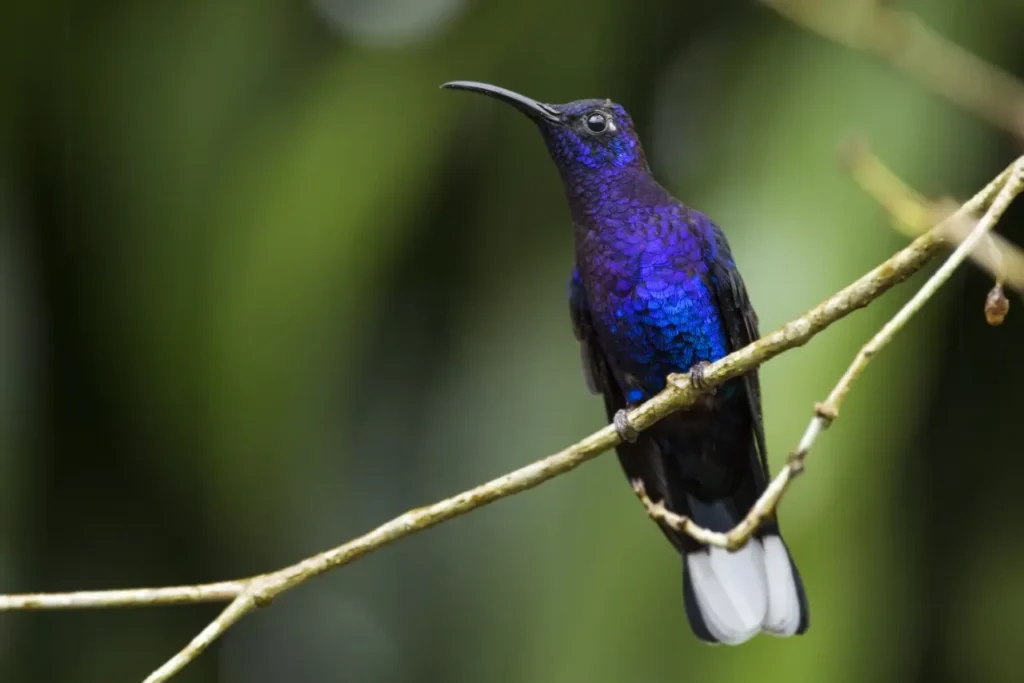
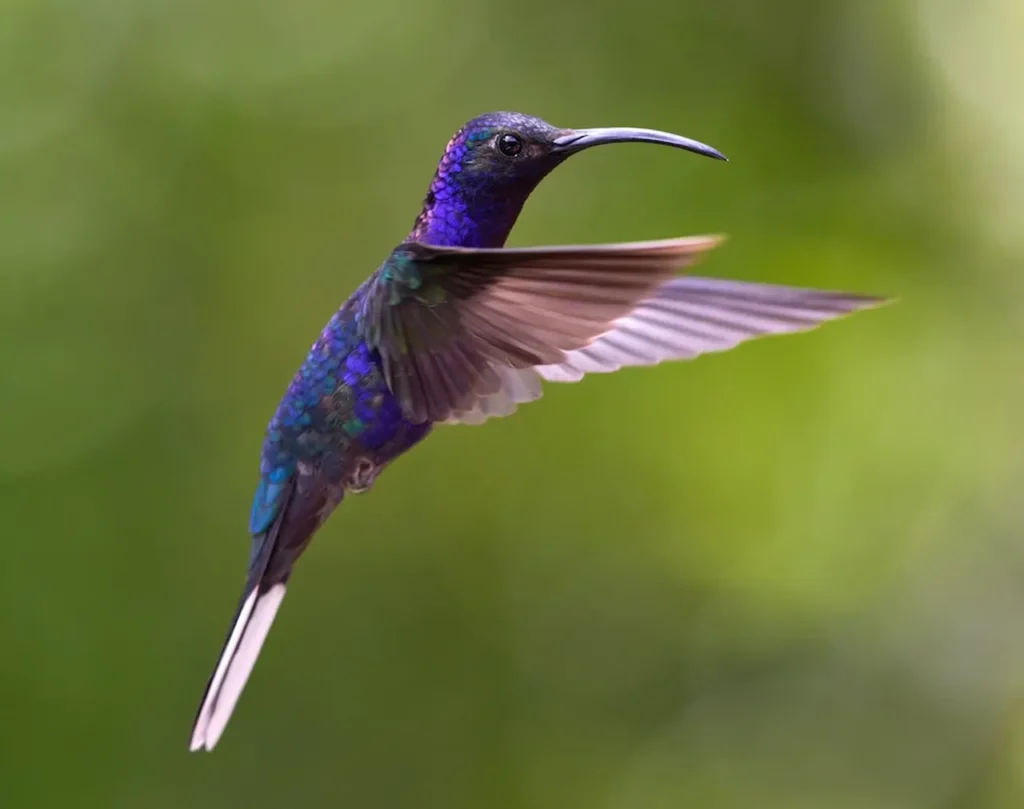
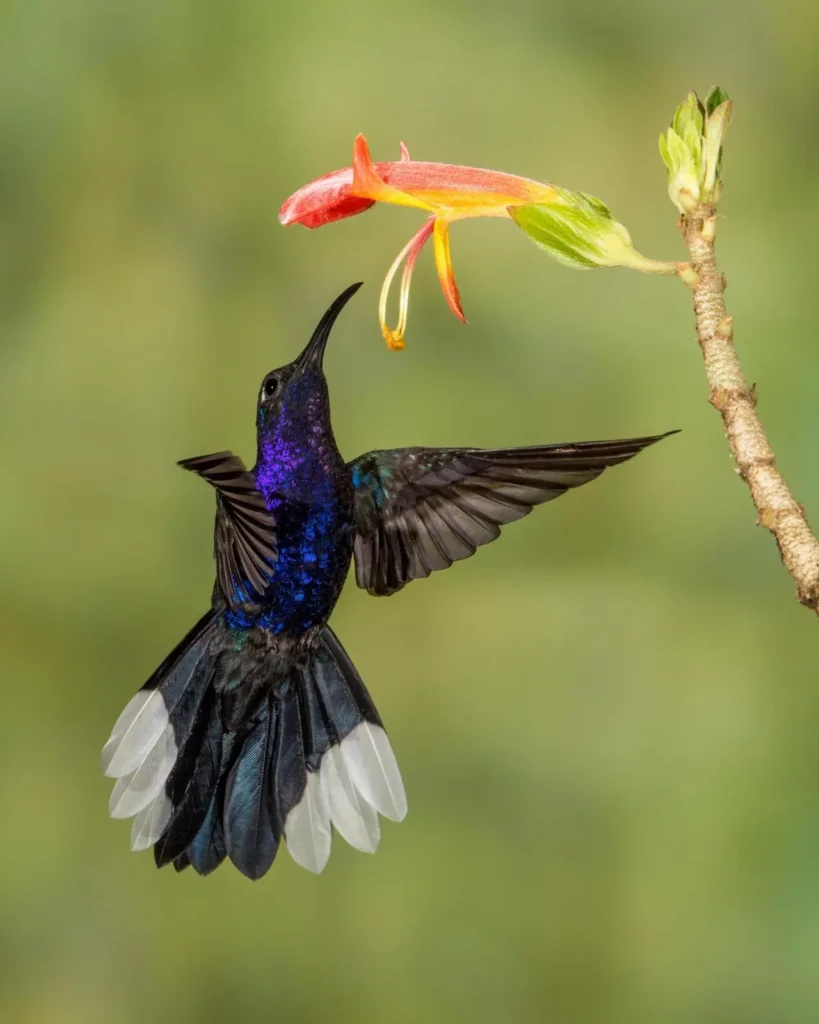
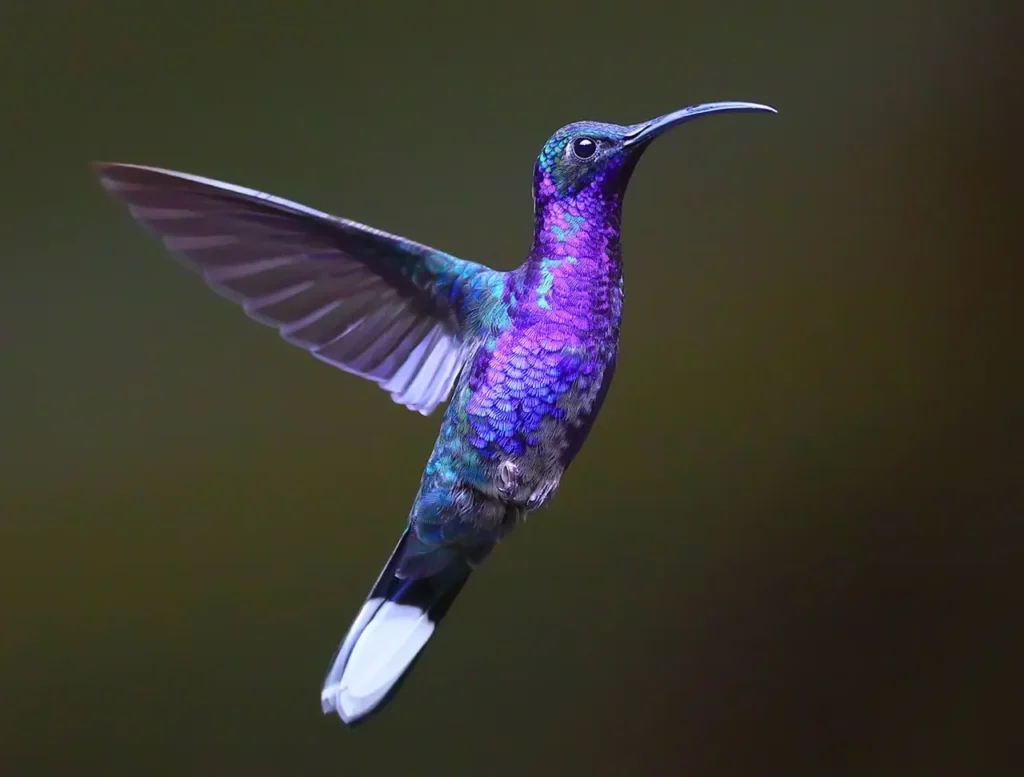
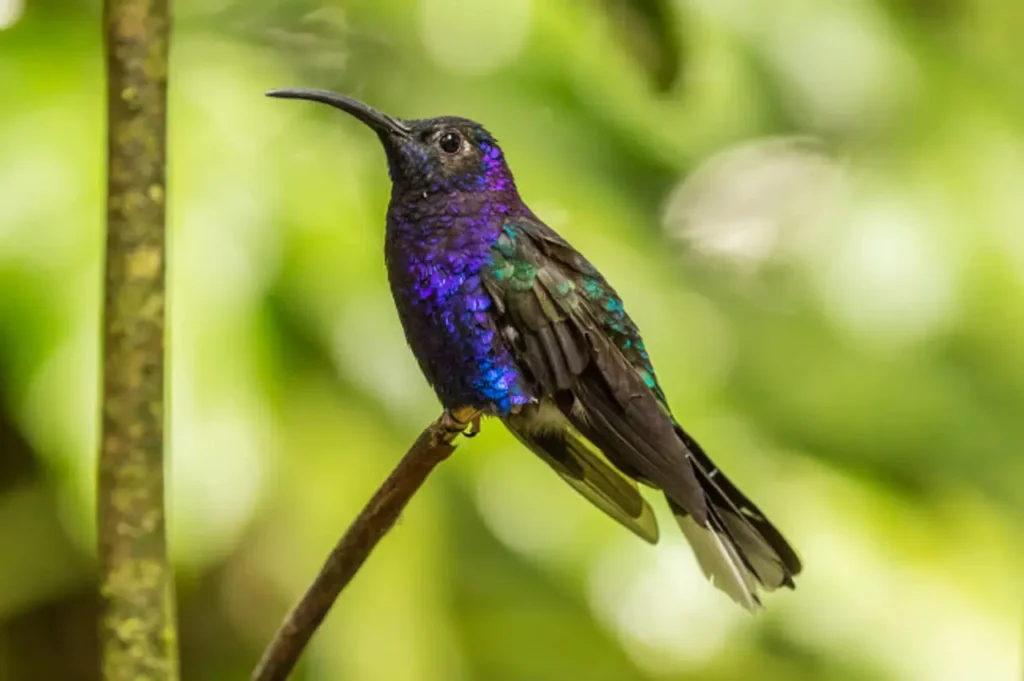
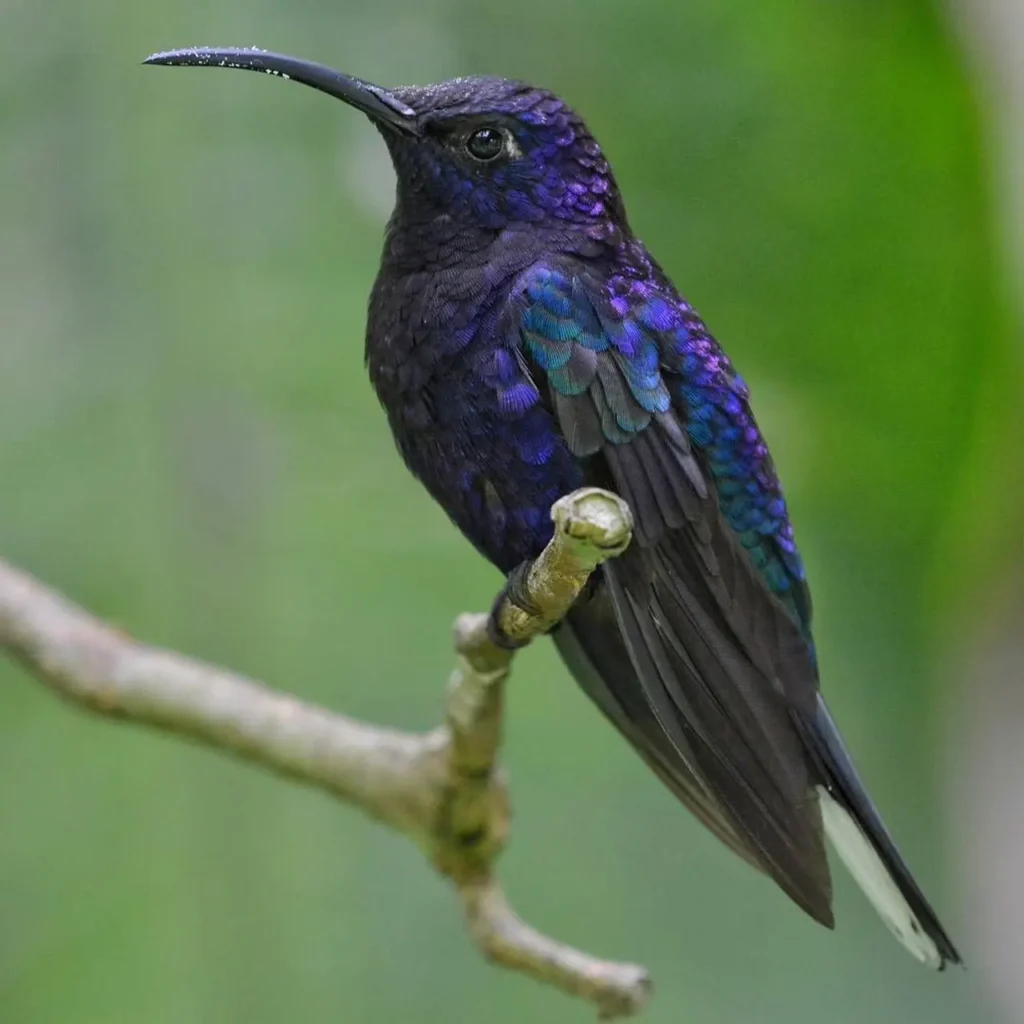
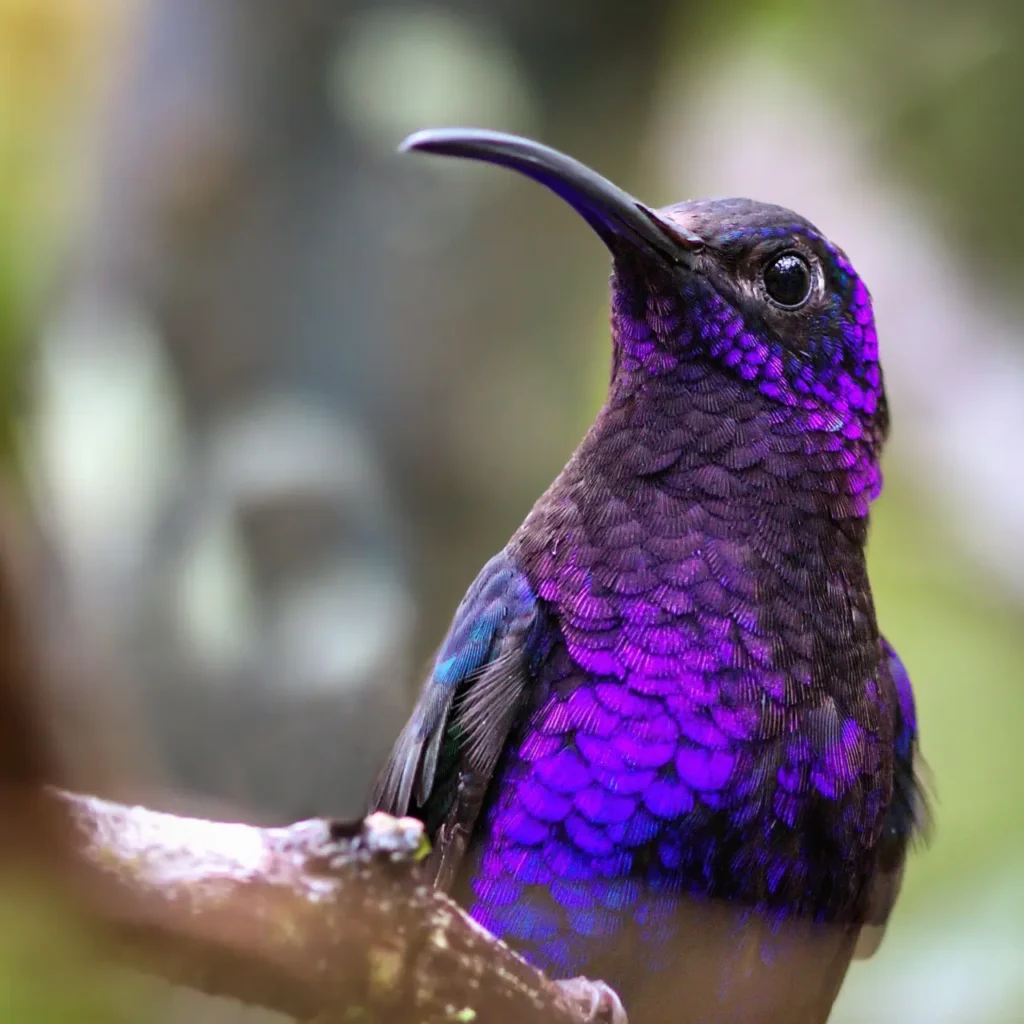
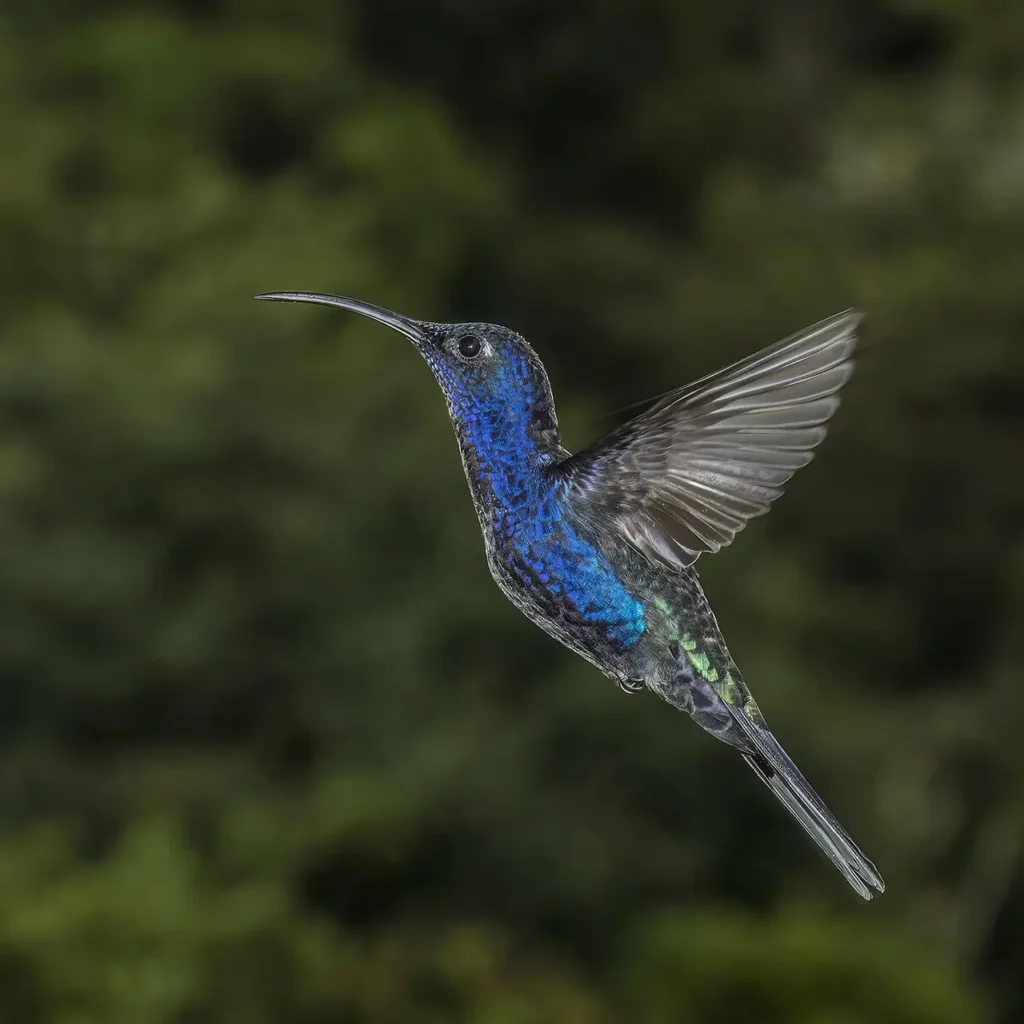
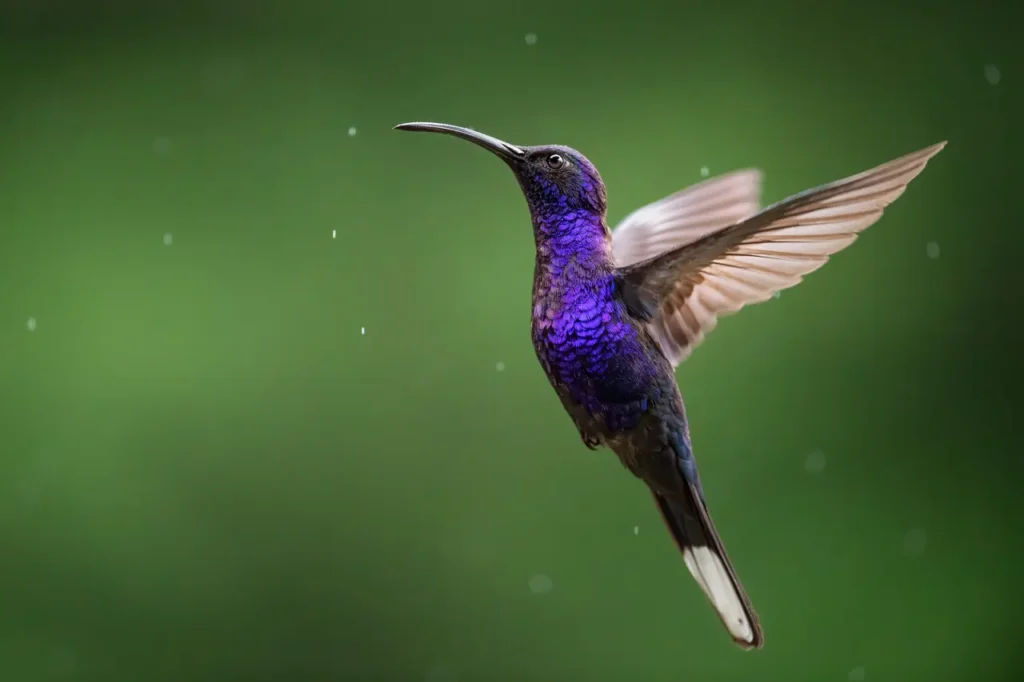
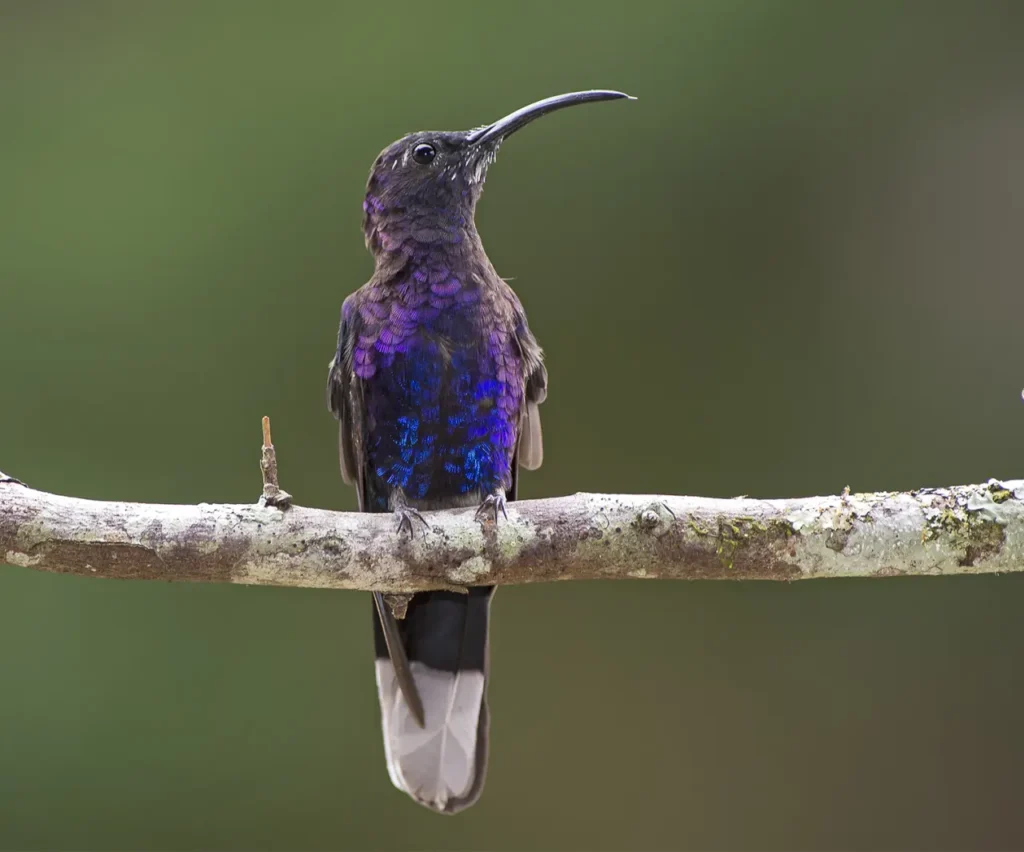
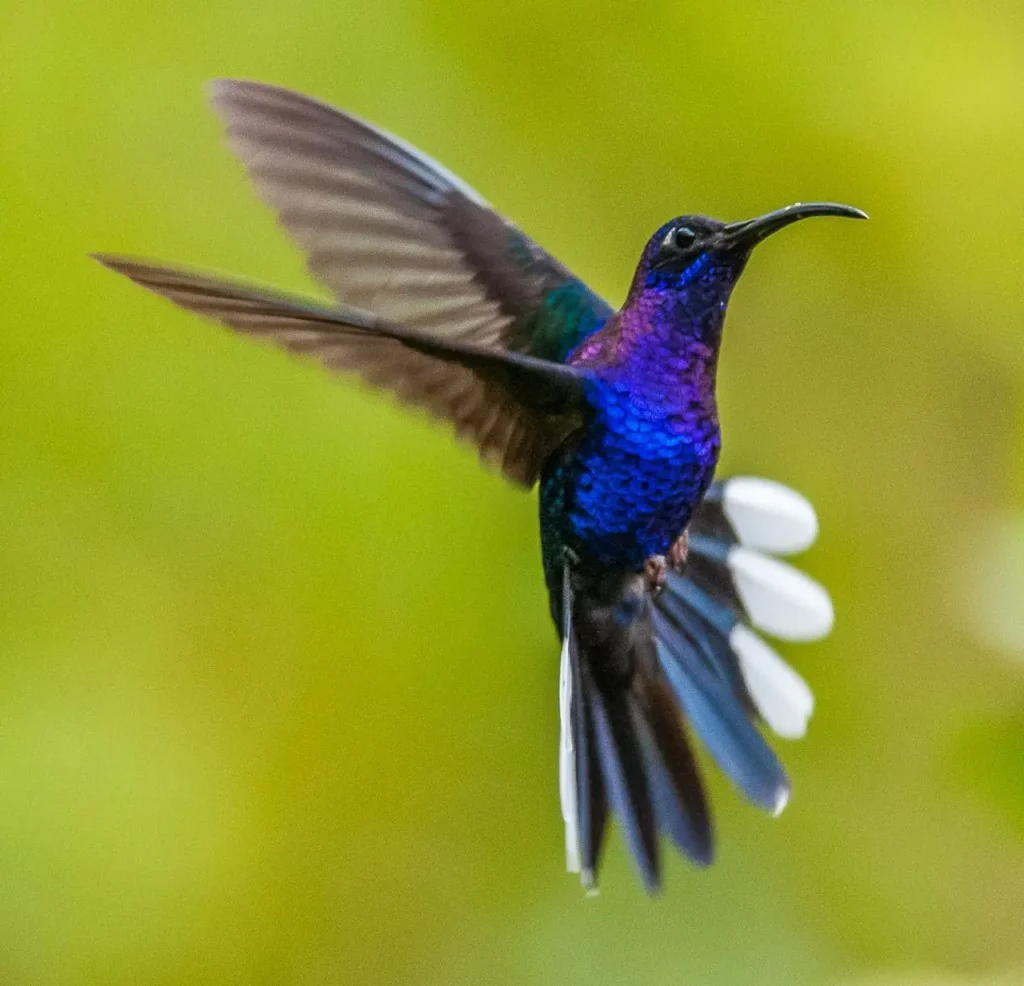
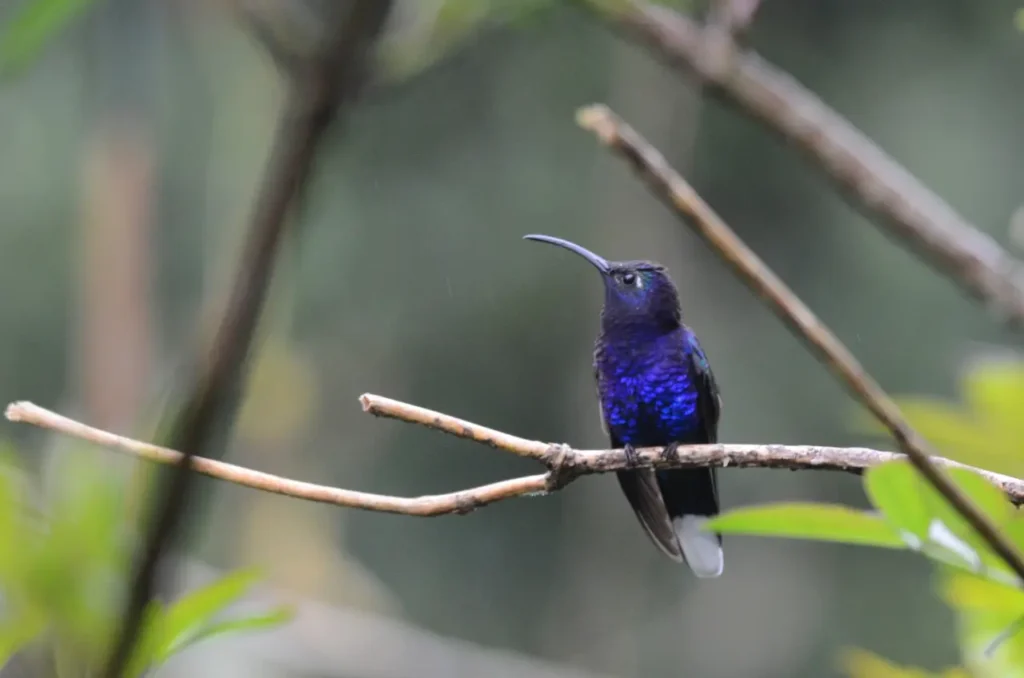
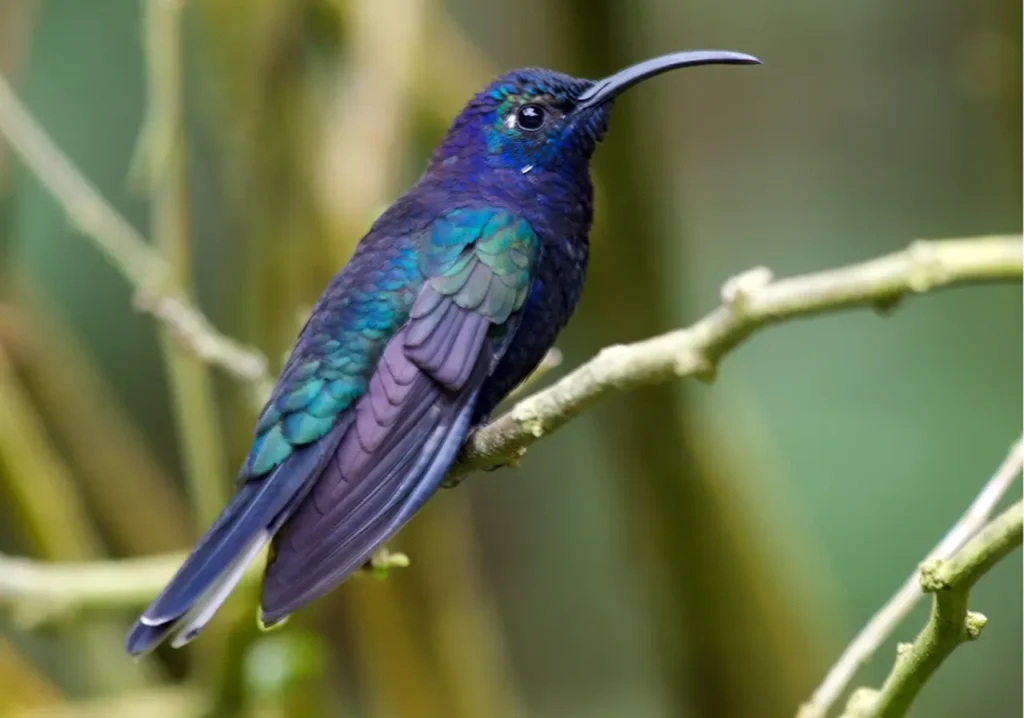
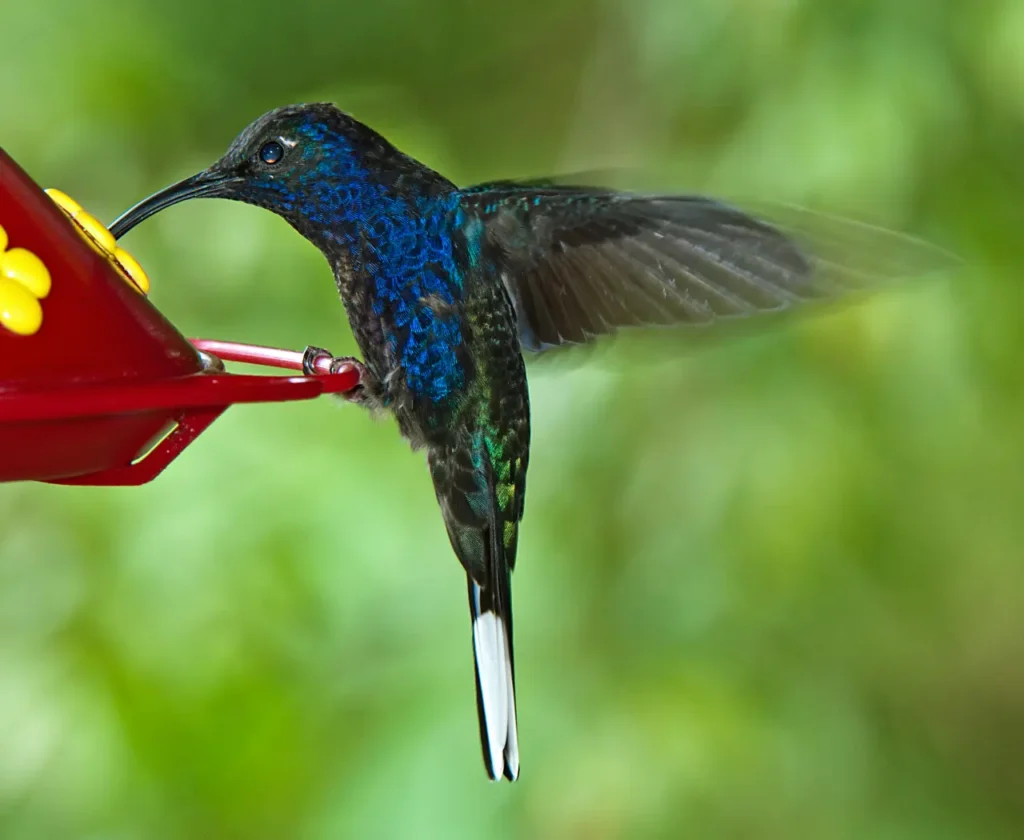
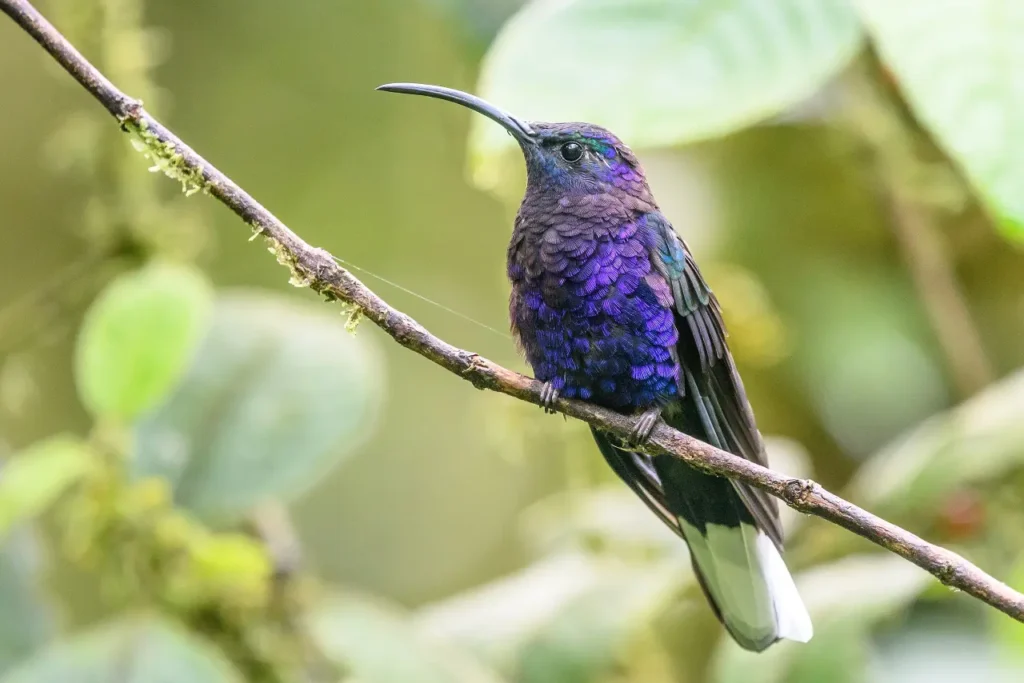
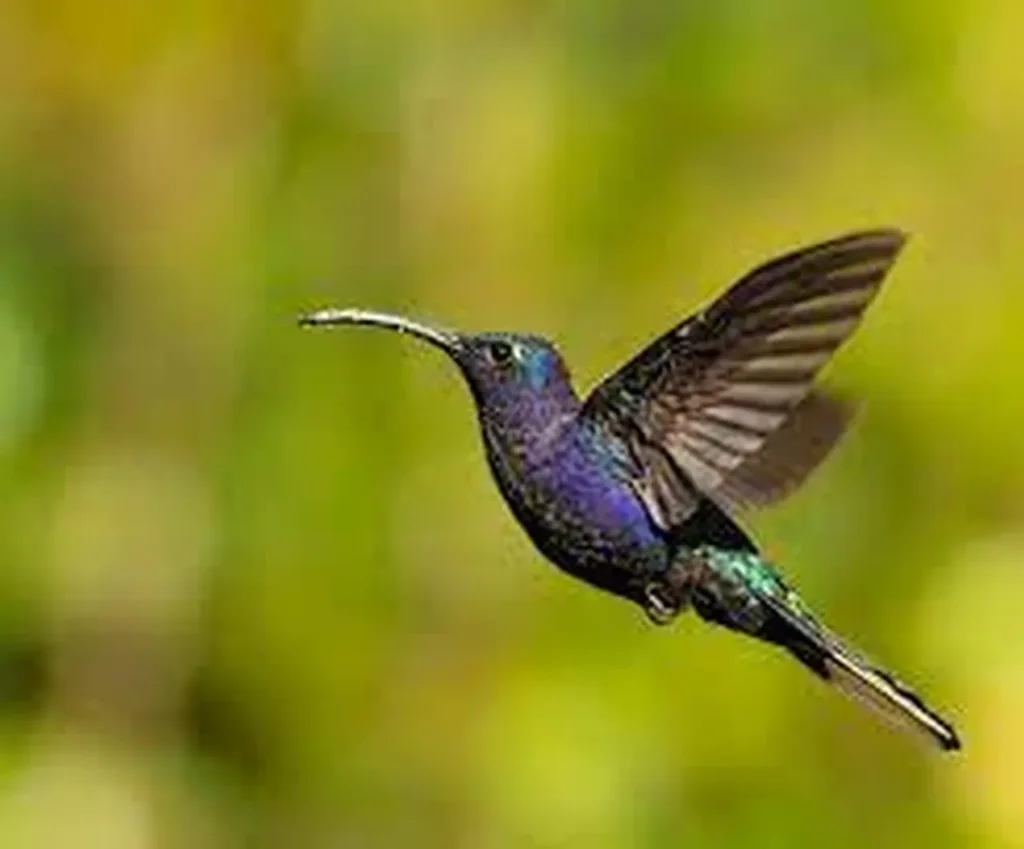
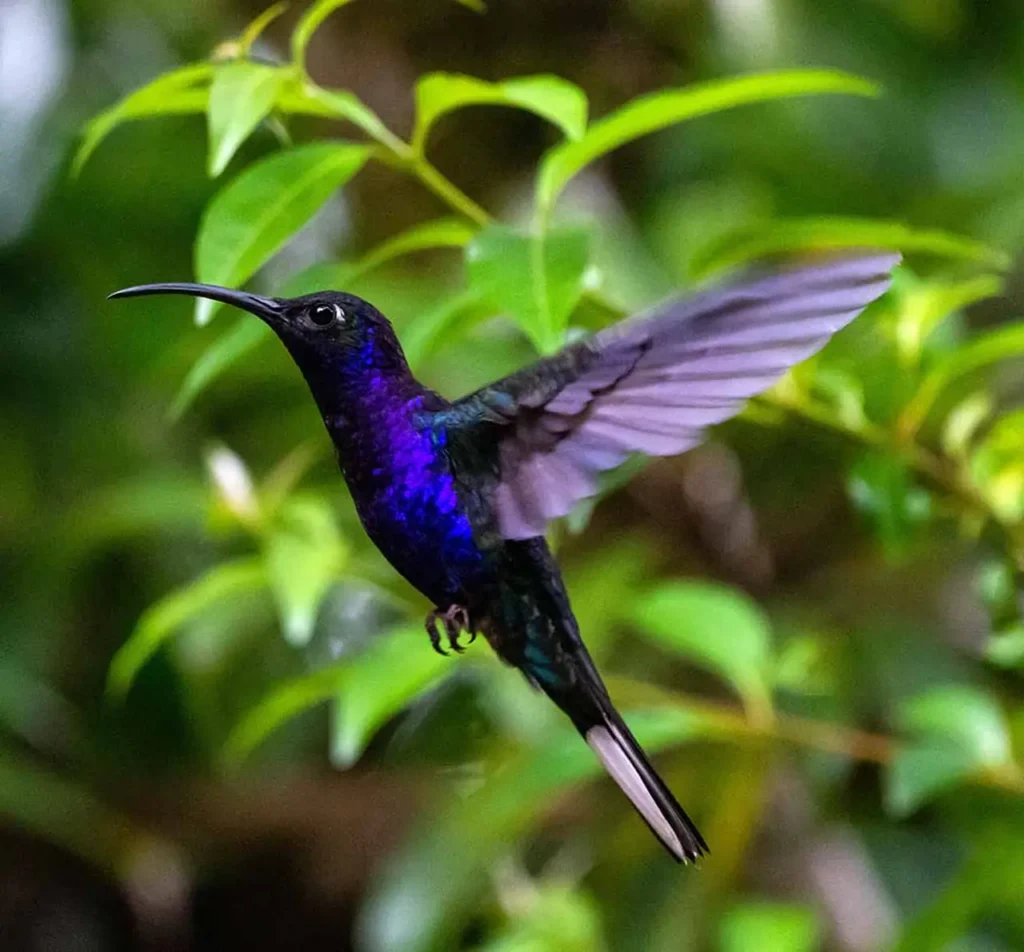
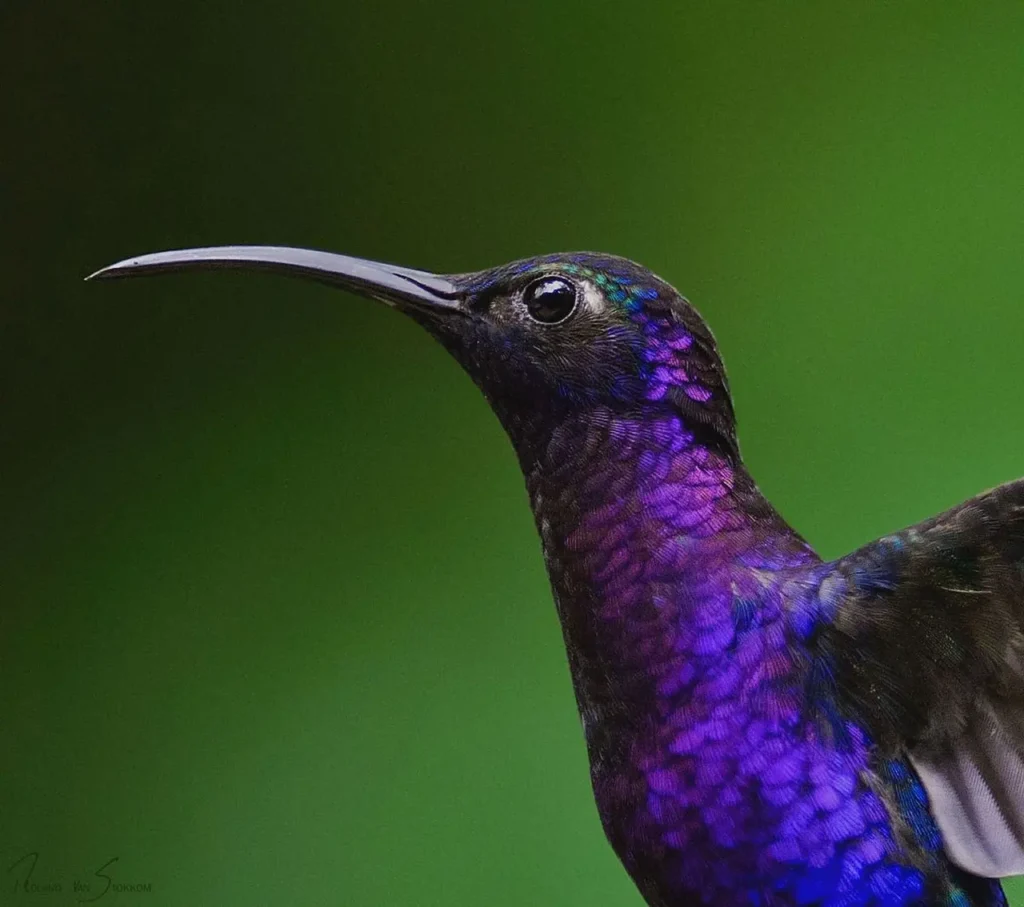
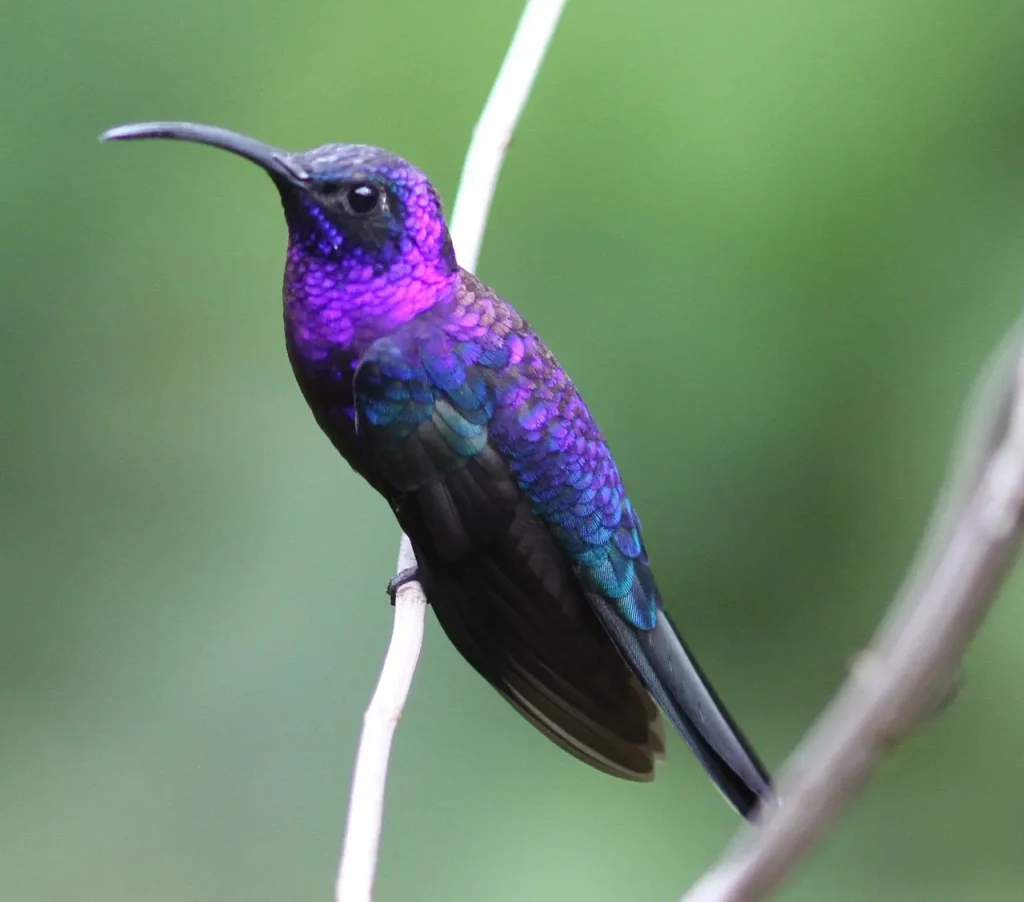
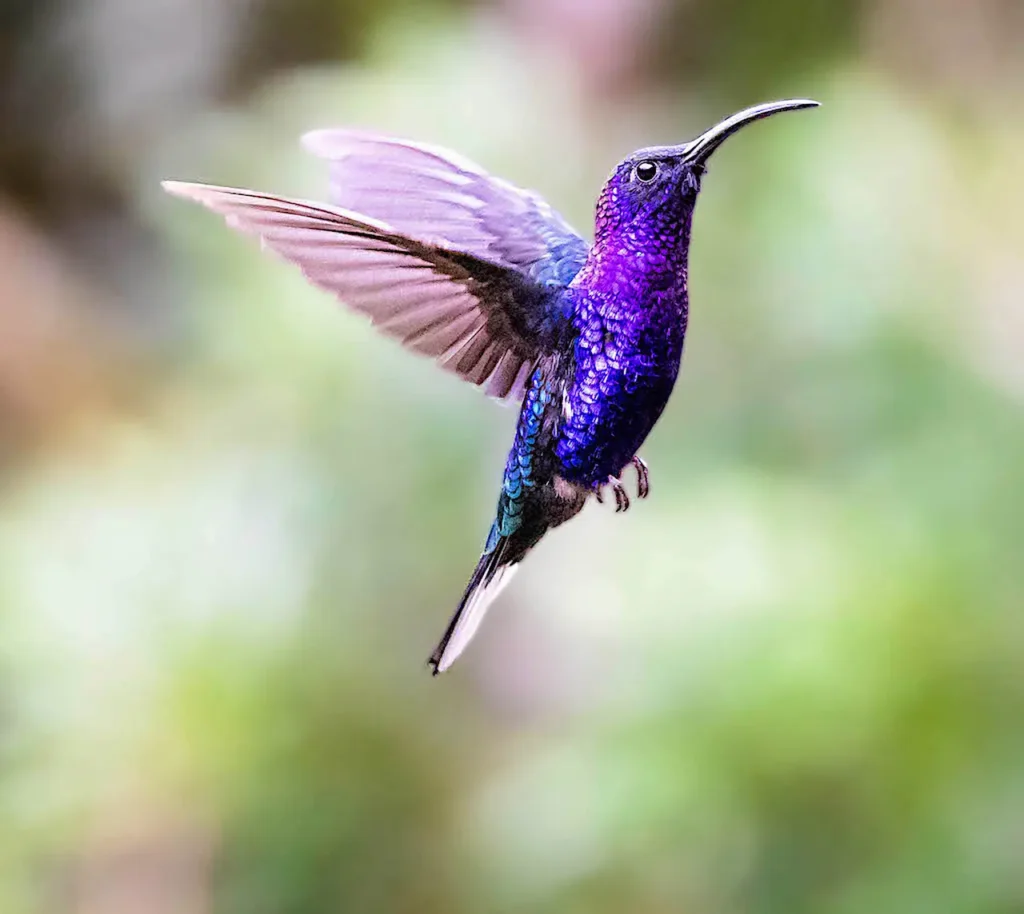
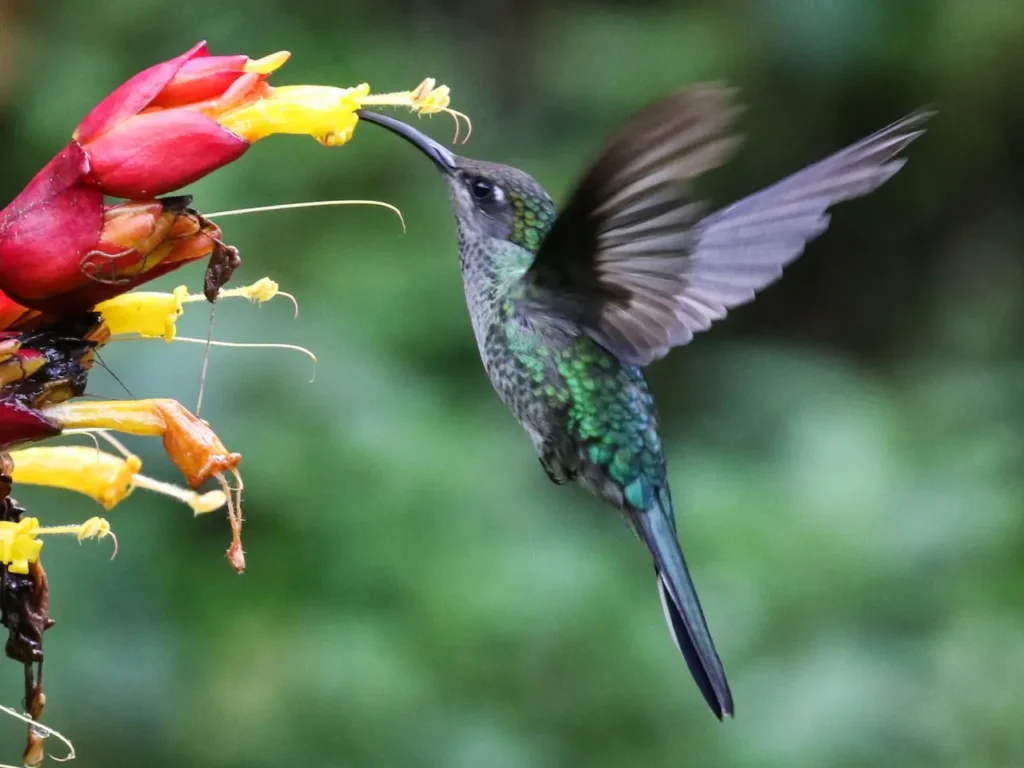
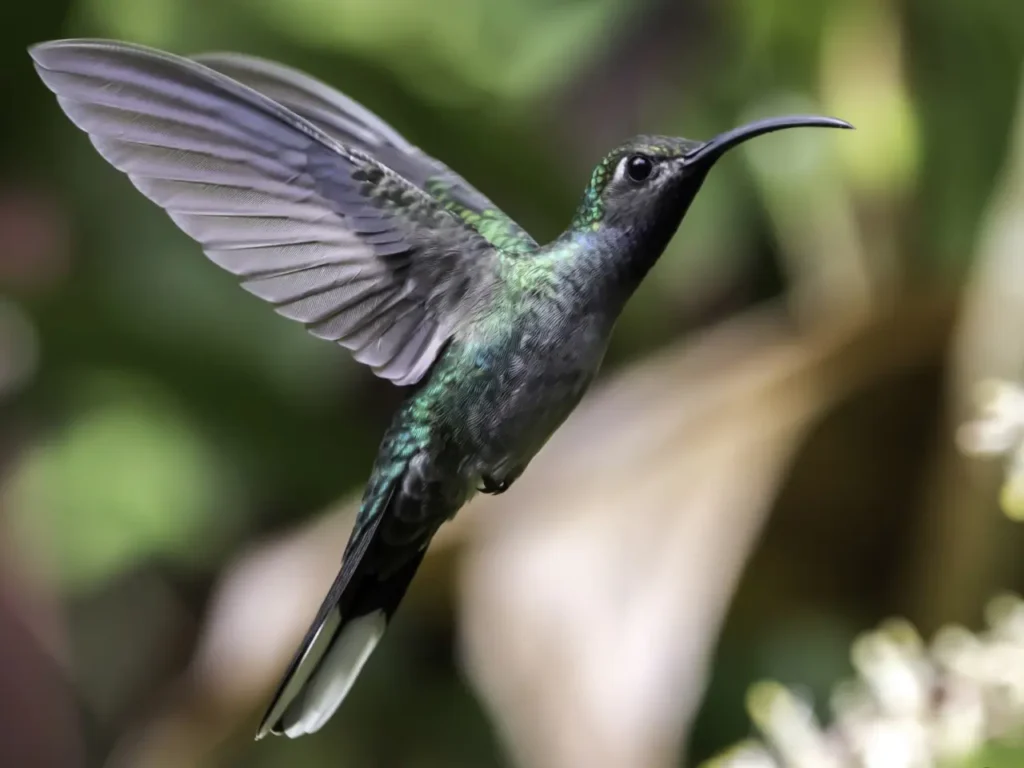
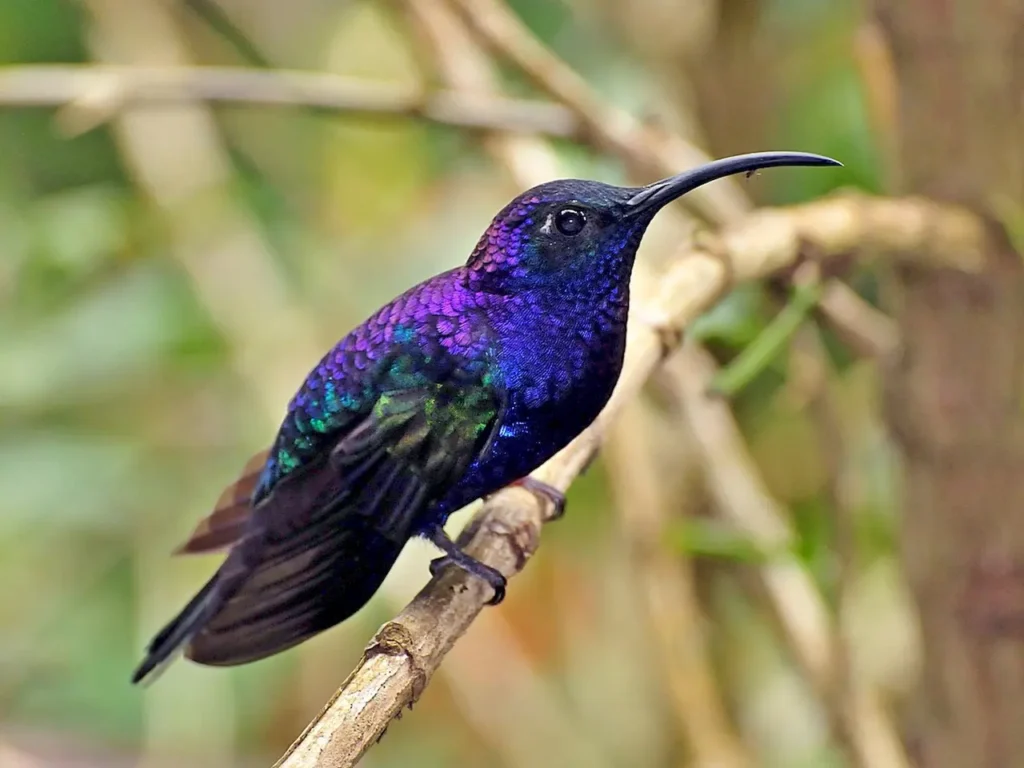

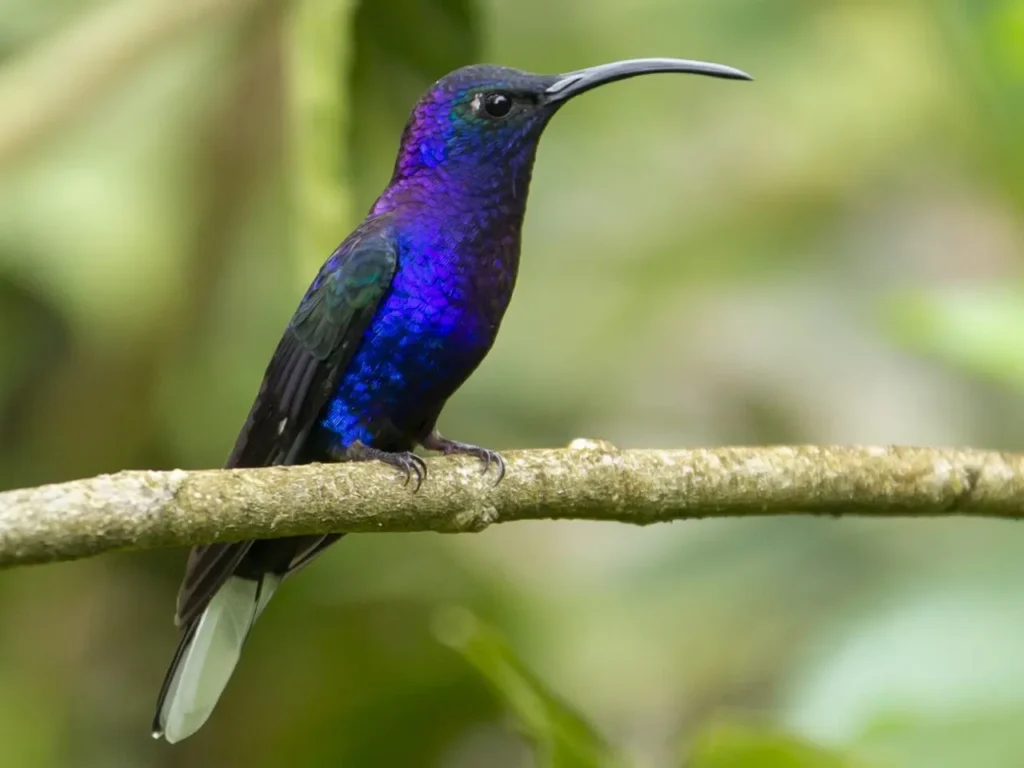
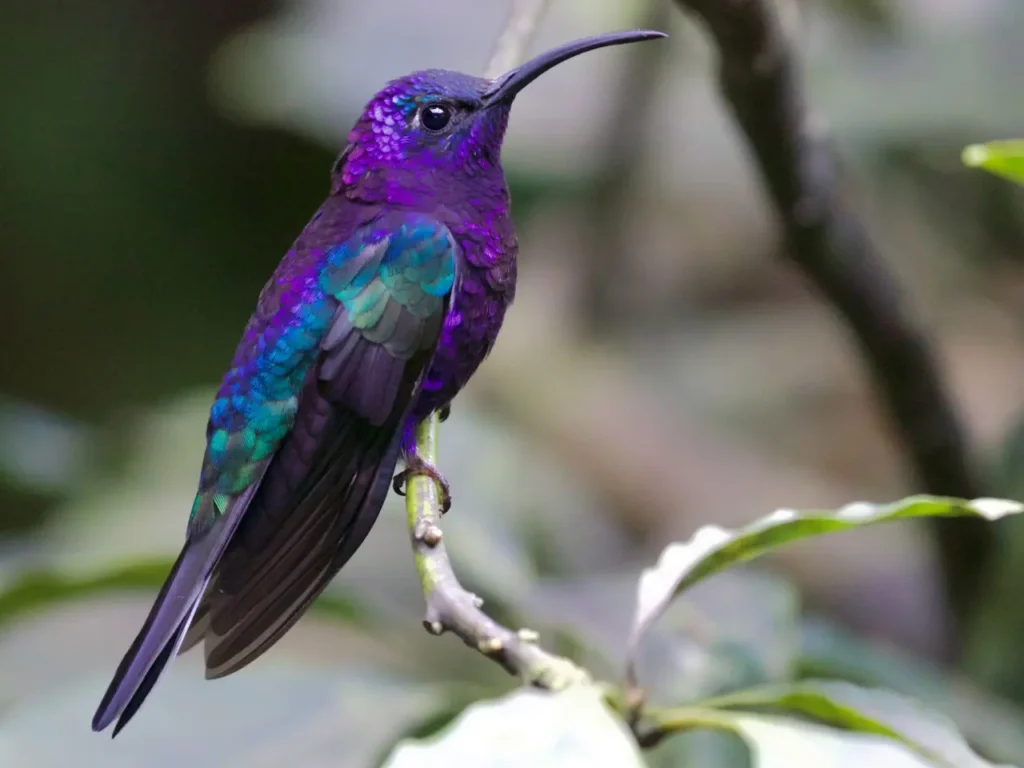
Appearance and Plumage
The Violet Sabrewing, scientifically known as Campylopterus hemileucurus, is a large and striking hummingbird species. The male Violet Sabrewing exhibits a deep violet or purple iridescent plumage on its head, throat, and upper body. Its long and slender bill, which gives the bird its distinctive name, is black and slightly curved. The underparts of the male are a contrasting pale gray or white. Females, on the other hand, have more subdued plumage, with a mix of green, gray, and white feathers. Both sexes possess iridescent green wings and a long, forked tail, adding to their overall beauty and elegance.
Habitat and Distribution
Violet Sabrewings are primarily found in the cloud forests and montane regions of Central America, including countries such as Mexico, Guatemala, Honduras, and Costa Rica. These birds inhabit the humid, moss-draped forests at elevations ranging from 1,000 to 3,000 meters (3,280 to 9,840 feet) above sea level. They are specifically adapted to these mist-shrouded environments, where they can find ample nectar sources and suitable breeding sites.
Behavior and Feeding Habits
Like other hummingbirds, Violet Sabrewings have a unique flight pattern, hovering in mid-air as they probe flowers for nectar with their long bills. They are known to be territorial and aggressive, defending their feeding territories from other hummingbirds and even larger bird species. Their diet consists primarily of nectar from a variety of flowering plants, which they supplement with small insects and spiders for protein. This specialized feeding behavior makes them important pollinators, facilitating the reproduction of numerous plant species in their habitat.
Breeding and Conservation
Violet Sabrewings engage in courtship displays to attract mates. Males perform impressive aerial displays, flying in high arcs and producing distinct vocalizations. The female constructs a small cup-shaped nest made of plant fibers and spider silk, often on a branch or in a tree fork. She incubates two eggs and raises the hatchlings with little to no assistance from the male. Although not considered globally threatened, the conservation status of the Violet Sabrewing is closely tied to the preservation of its cloud forest habitat. Deforestation, habitat fragmentation, and climate change pose significant challenges to their long-term survival.
Eco-Tourism and Appreciation
The captivating beauty of the Violet Sabrewing has made it a favorite among birdwatchers and nature enthusiasts. Cloud forest destinations, such as Monteverde in Costa Rica, attract visitors from around the world who seek to catch a glimpse of this stunning hummingbird species. Eco-tourism initiatives that promote responsible visitation and support the protection of their habitats play a crucial role in ensuring the continued presence of the Violet Sabrewing and other endangered species.
The Violet Sabrewing, with its regal plumage and graceful flight, serves as a symbol of the enchanting cloud forests it calls home. By marveling at its beauty and understanding the importance of its role as a pollinator, we gain a deeper appreciation for the delicate balance of nature. Let us strive to protect the cloud forest habitats that nurture these remarkable birds, ensuring that future generations can experience the wonder of encountering the resplendent Violet Sabrewing in its natural habitat.
